




Since the earliest days of Mormon settlement, the majority of Utah's population has chosen to settle along the Wasatch range's western front, where numerous river drainages exit the mountains. The mountains were a vital source of water, timber, and granite for early settlers. Today they continue to serve as the primary source of water for the populous Wasatch Front, and to provide year-round recreational opportunities to residents and visitors alike. Utah's population, which is close to the 3½ million mark, is clustered primarily along the corridor known as the Wasatch Front, spanning from Logan near the Idaho border south to Brigham City, Ogden, Salt Lake City and all of it's many suburbs south to Tooele, Orem & Provo and more suburbs, Payson and down to Nephi to the south. Then there's the Wasatch Back and it's cities of Park City, Heber City, and Price, then Vernal to the east. It's no surprise that settlers have traditionally congregated along this 100-mile stretch of mountains and valleys. Water is plentiful, temperatures don't reach the extremes found in the Great Basin and canyon country, and the soil is fertile. Salt Lake City is the center of the universe when it comes to accessing the state. The most striking geographical features of Utah County are the Wasatch Mountains along the eastern boundary, and Utah Lake, the state's largest fresh-water lake. The high mountains, rising over 11,000 feet, receive heavy snowfall which feeds the numerous rivers and creeks that flow into the lake. Though large in surface area, Utah Lake is very shallow, only 18 feet at its deepest point. More than a dozen towns were established between Lehi on the north and Santaquin on the south. Provo, named for the French fur trapper Etienne Provost, has always been the largest town and the county seat. During the next two years, 1850 and 1851, communities were established at Lehi, Alpine, American Fork, Pleasant Grove, Springville, Spanish Fork, Salem, and Payson.
The fertile Salt Lake Valley lies between the Wasatch Mountains on the east and the Oquirrhs on the west. The active Wasatch Fault runs through the eastern part of the county. The Jordan River flows north through the valley to Great Salt Lake, and canyon streams provide culinary and agricultural water and in pioneer times powered mills. Centuries before white settlement of the area, prehistoric Indian groups and the historic Northern Shoshone and Ute Indians used the area for hunting, fishing, and gathering seasonal foods. Permanent settlement began in 1847 with the arrival of the first Mormon wagon train. Brigham Young's direction explored nearby areas, built a fort, and surveyed Salt Lake City. Tens of thousands of Mormon immigrants funneled through Salt Lake City to outlying settlements, and, additionally, the city was the last major supply point for thousands of California-bound travelers. As the headquarters of the LDS Church and later the territorial and state capital. Until statehood in 1896 the Mormon-Gentile conflict was intense. Industrial development in the late nineteenth and early twentieth centuries brought ethnic diversity with the arrival of many southern and eastern Europeans, blacks, Chinese, Japanese, and Mexicans. The migration of Native Americans to the larger cities and the recent immigration of southeast Asians and others continue the trend. Although cities and suburbs now cover much of the land, the county retains traces of its agricultural beginning as a producer of eggs, hogs, wheat, and garden vegetables.


Click To See The Full Size Photos Below:

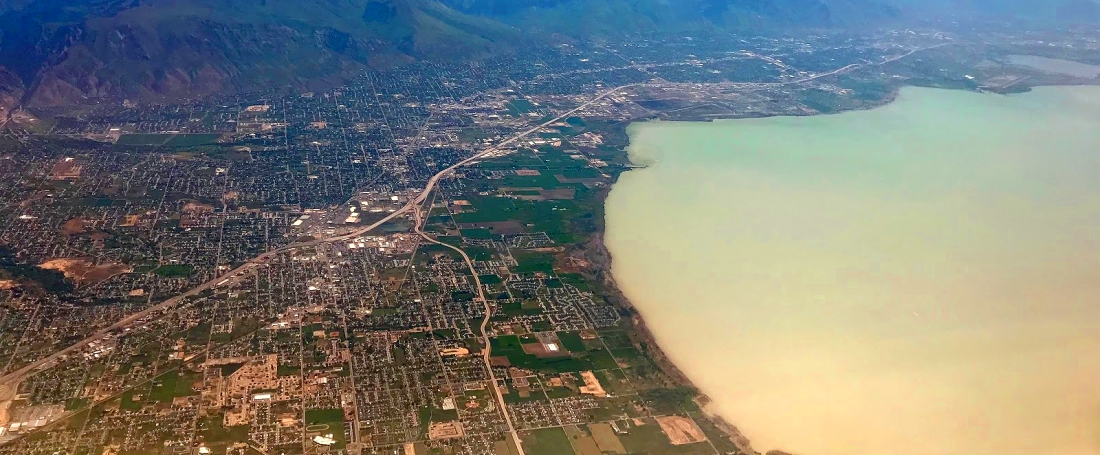





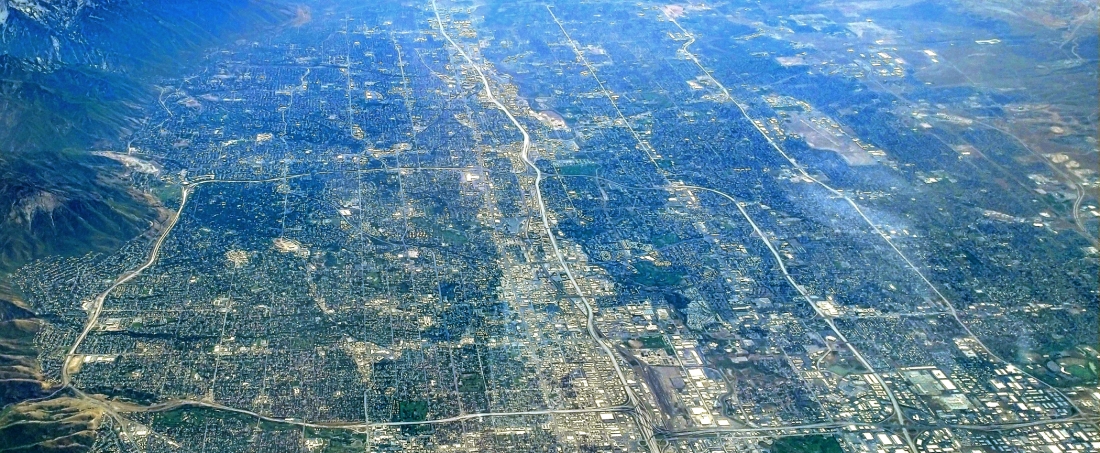
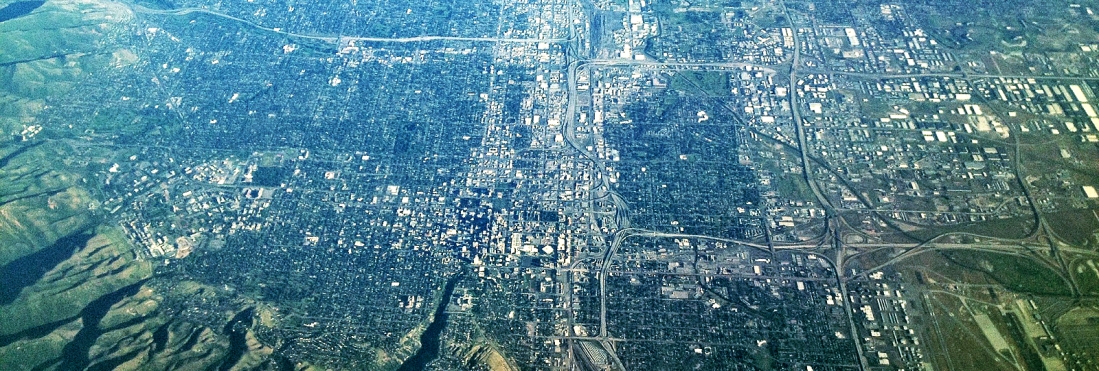

Click Below To See:


Click Below To See The Full Size Photo:














































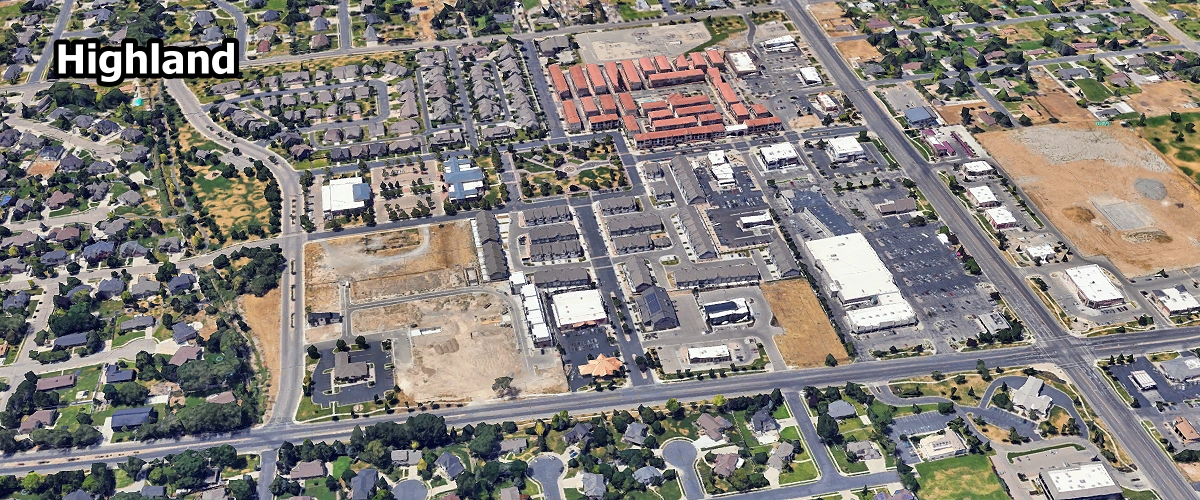






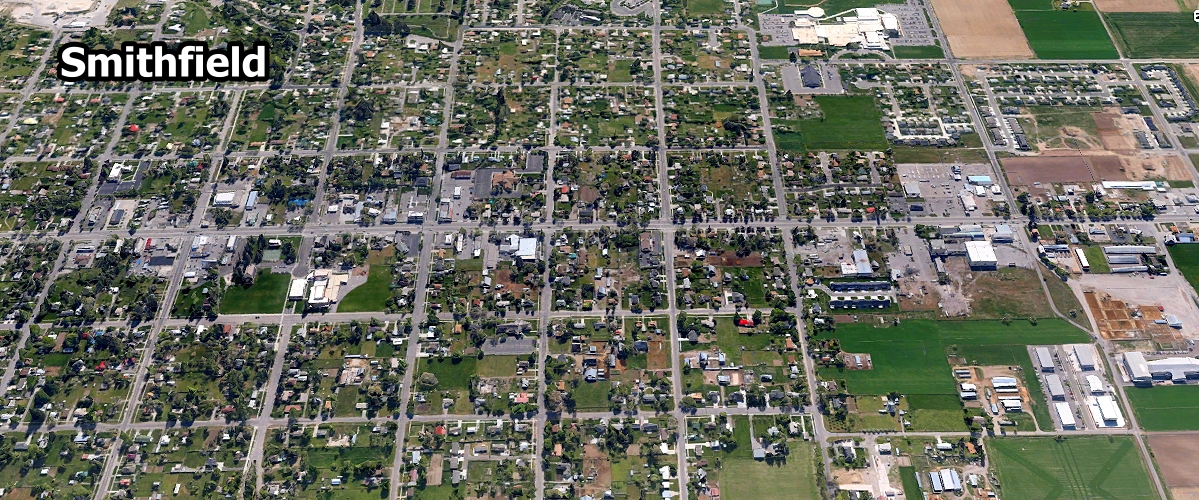

















Click Below To See The Full Size Photo:

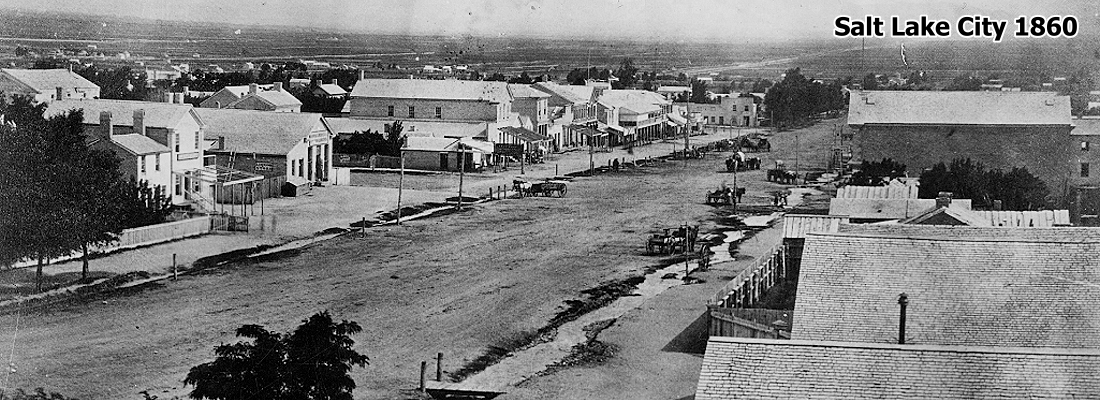
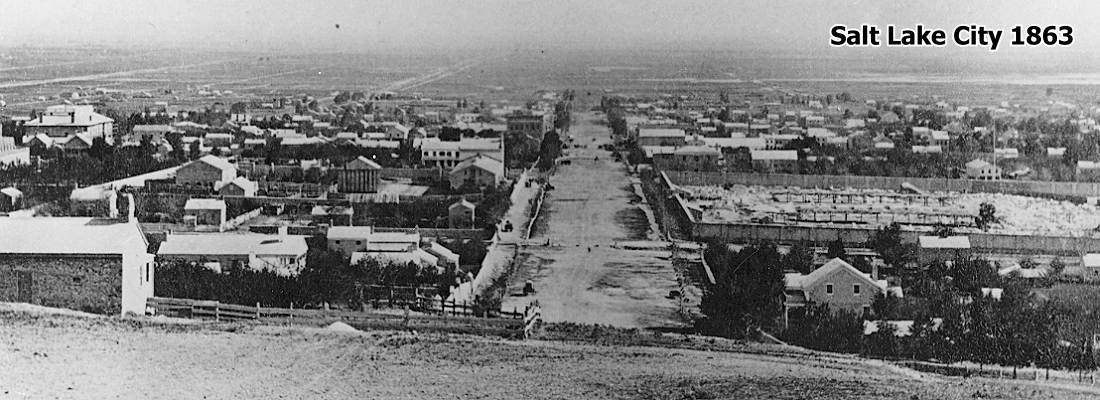

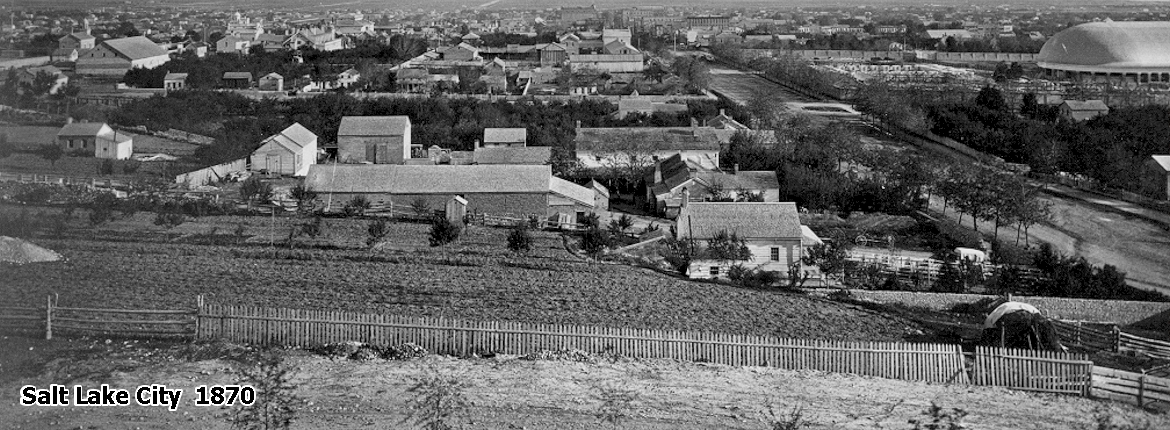
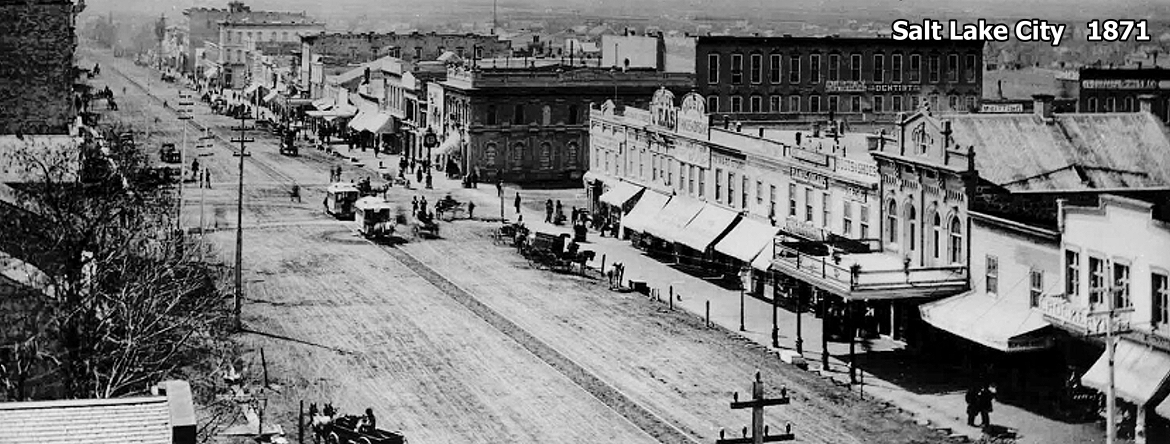
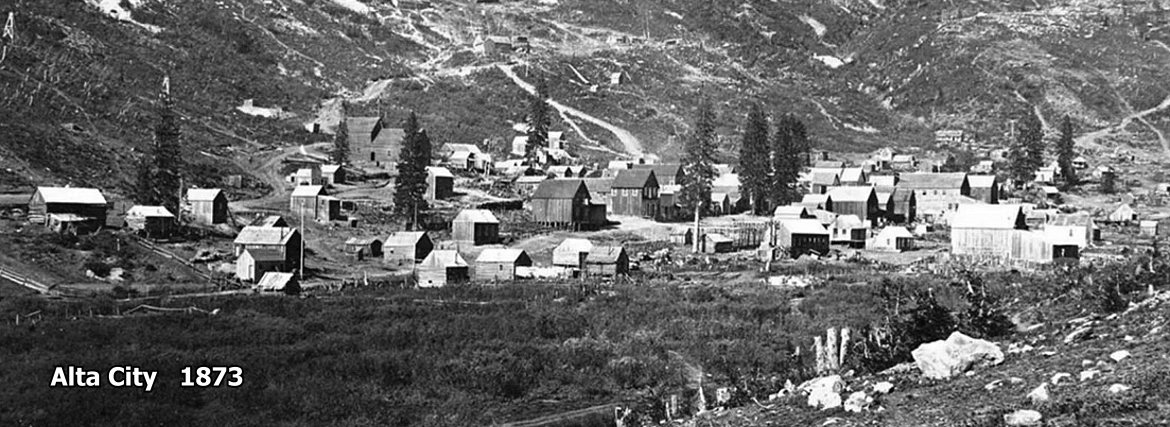
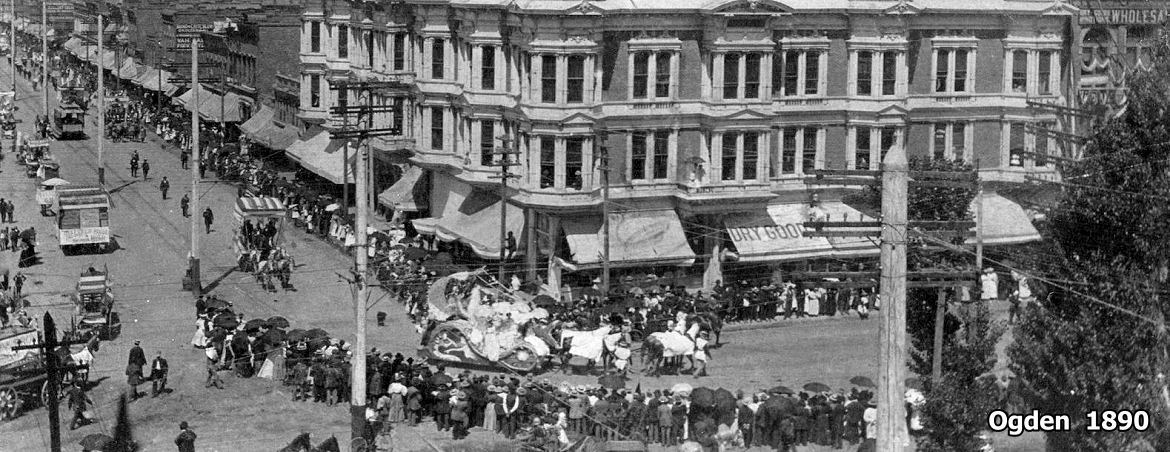


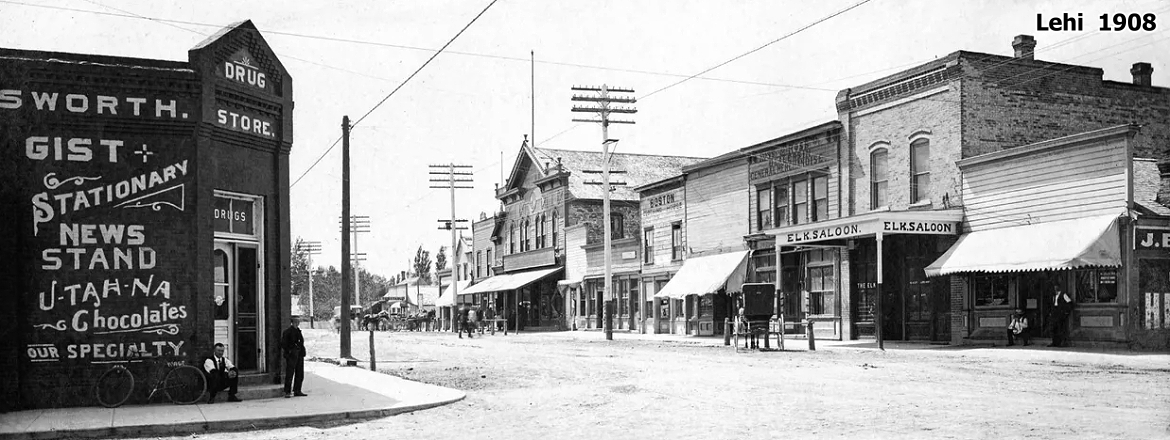
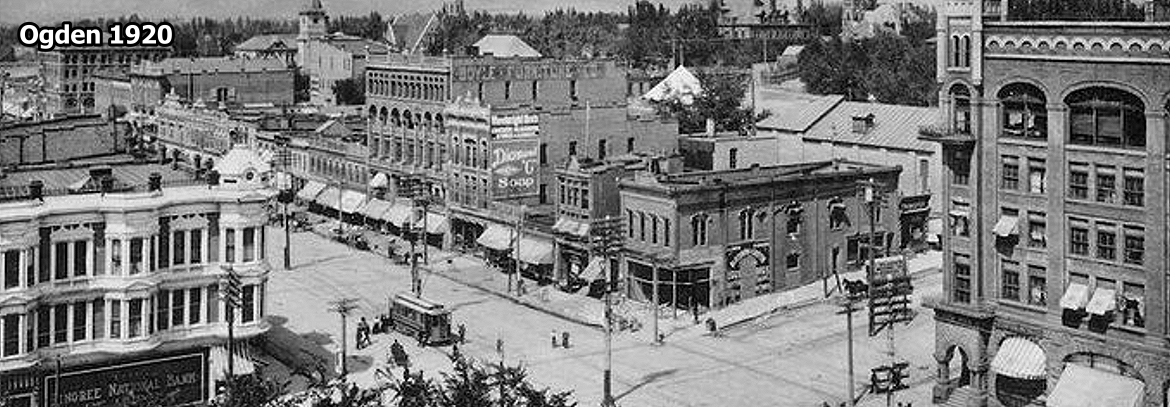
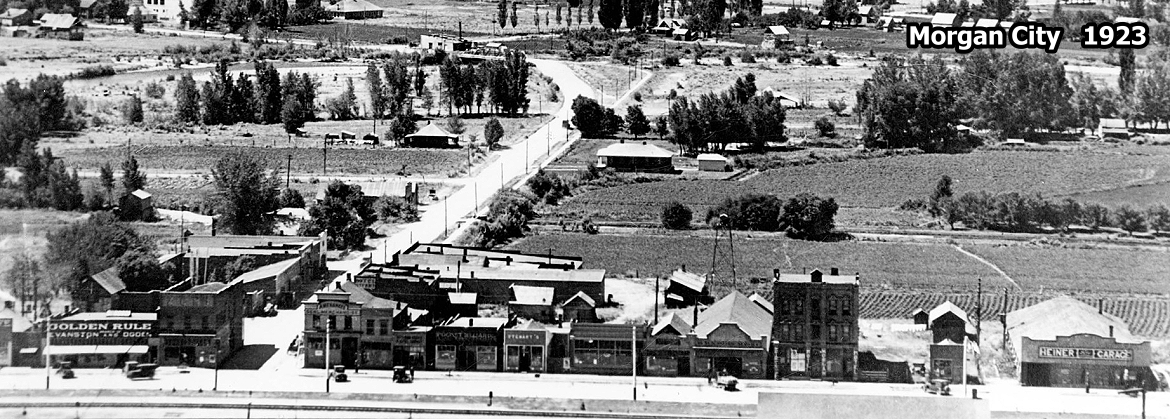


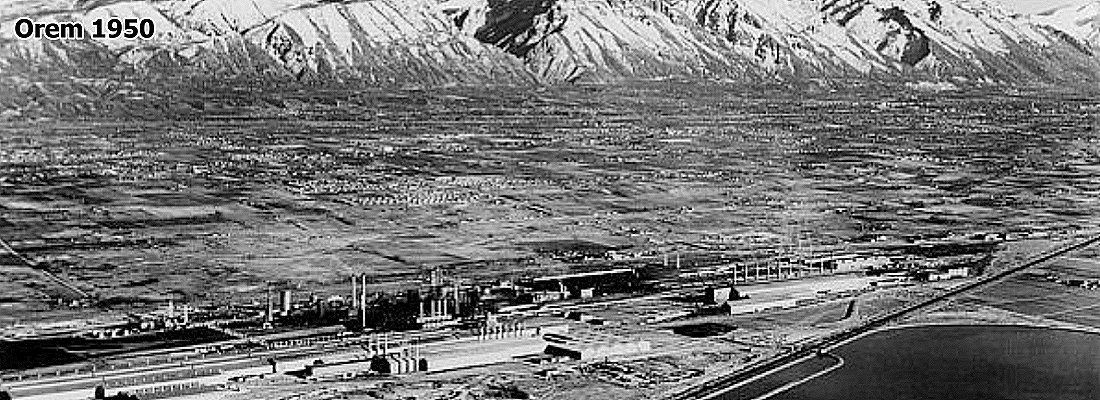

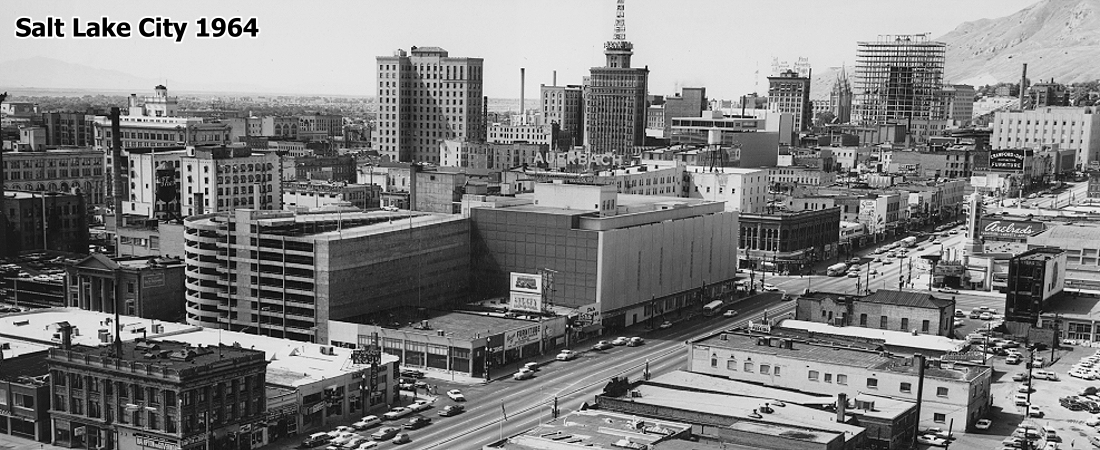

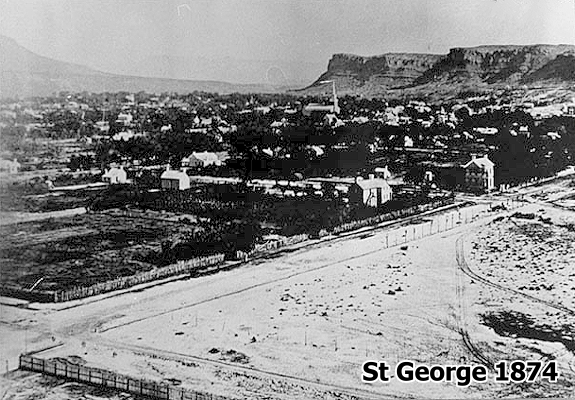


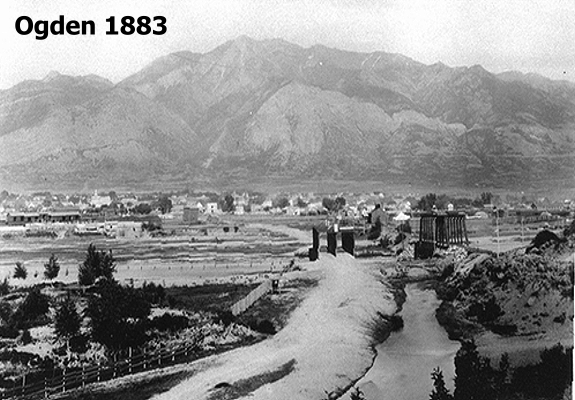
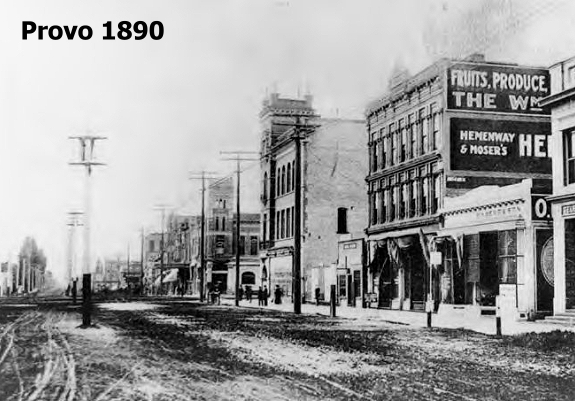
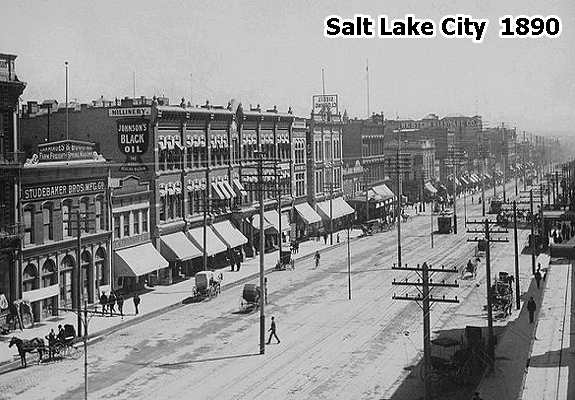


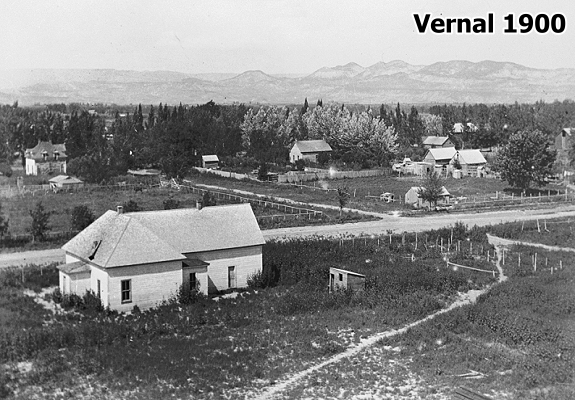
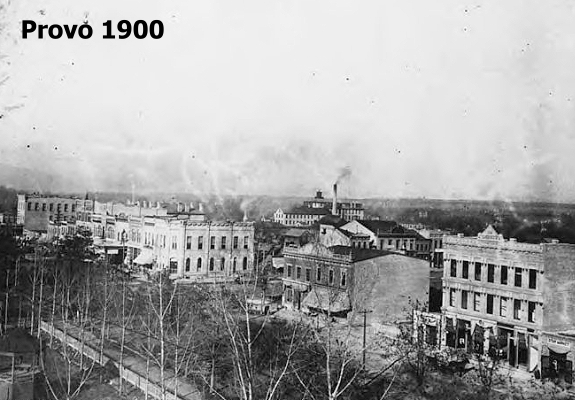


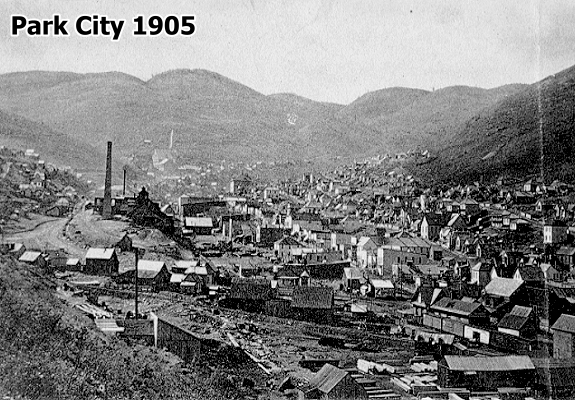
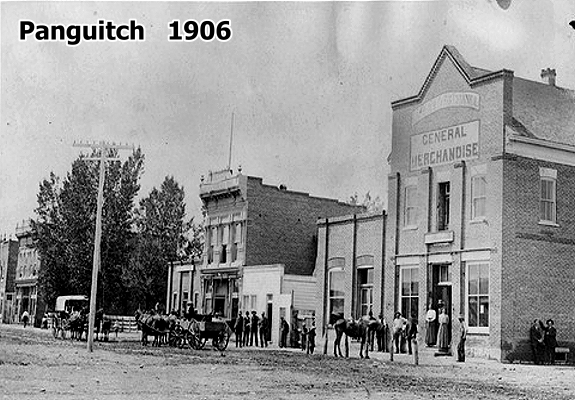

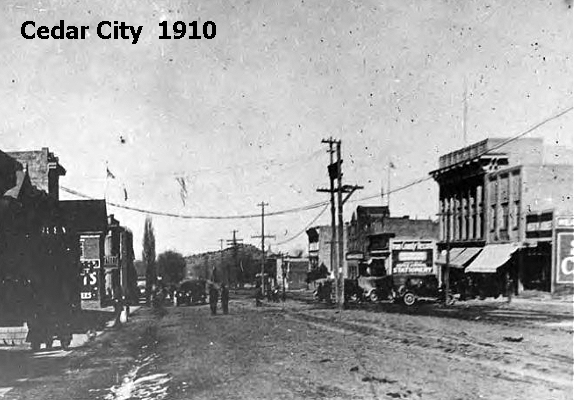
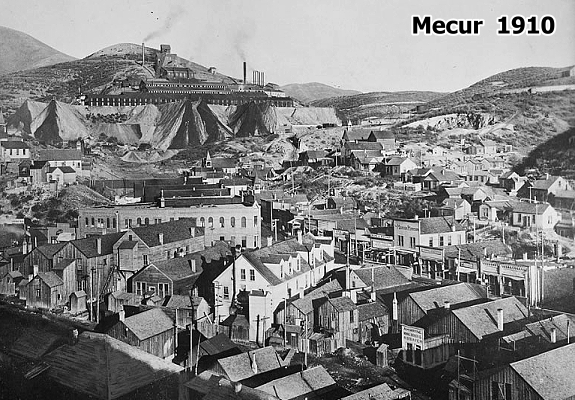
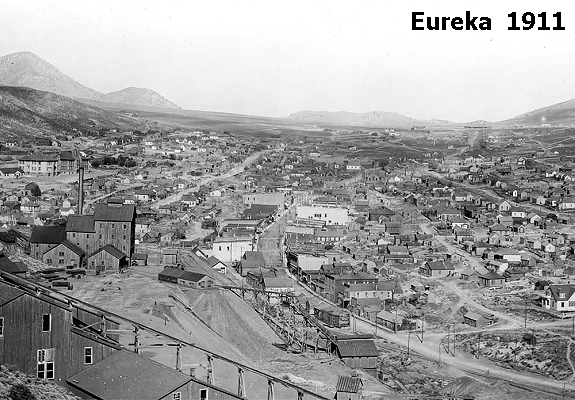

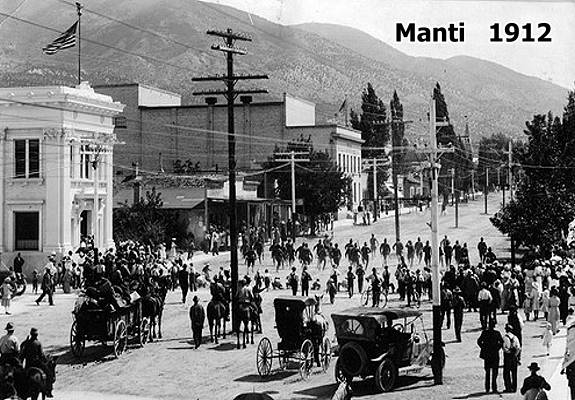


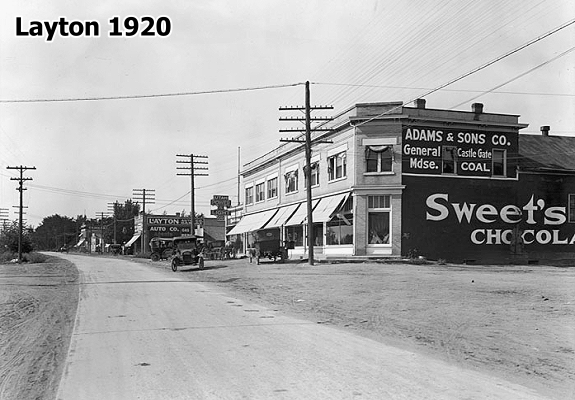


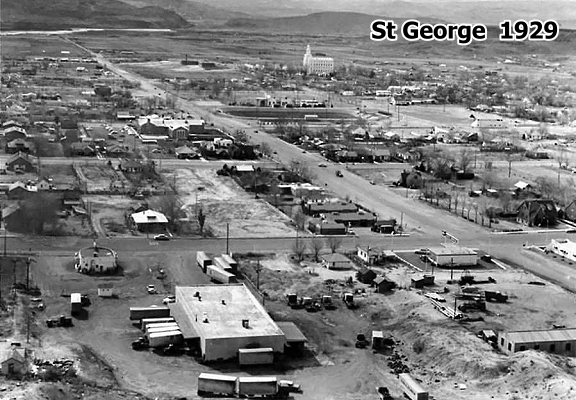


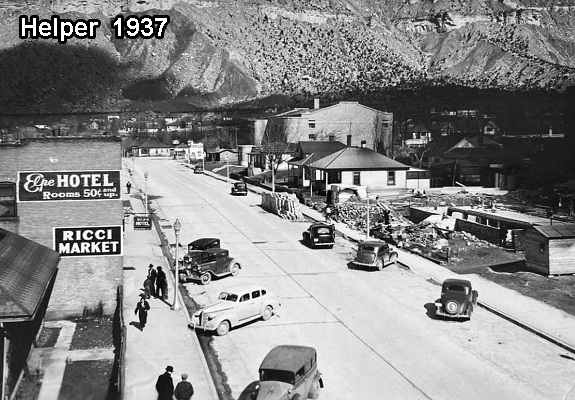


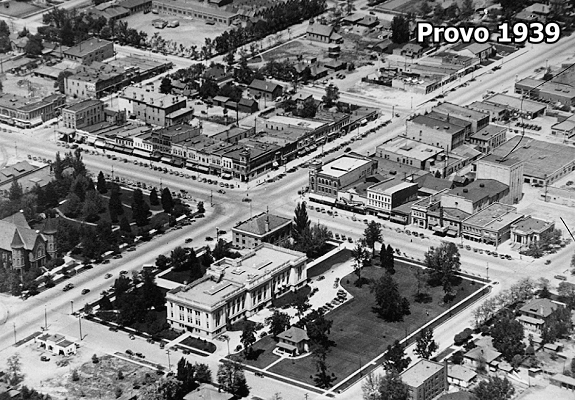
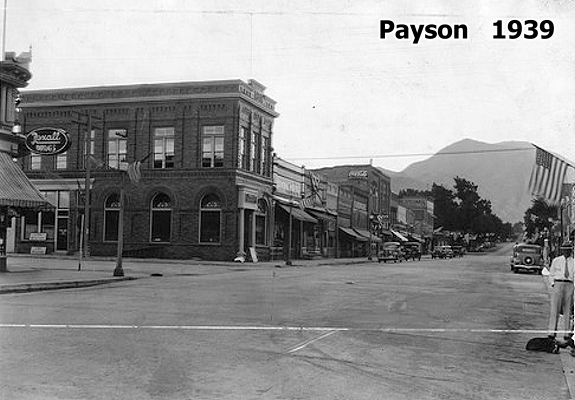
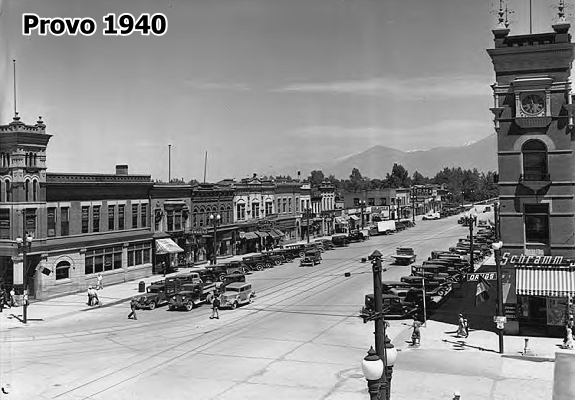


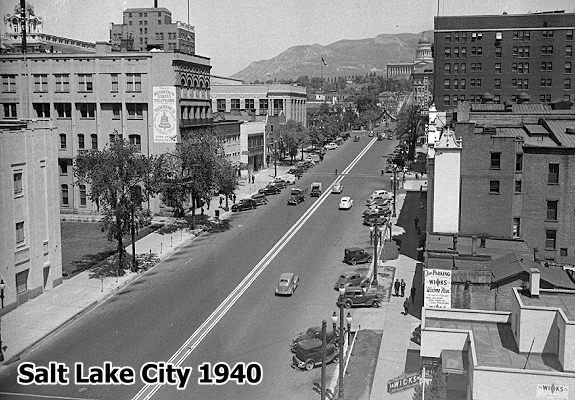
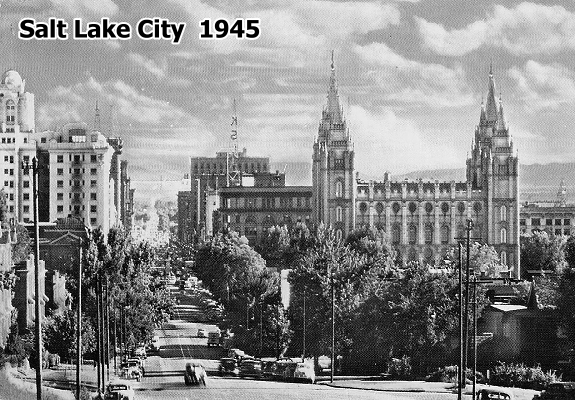
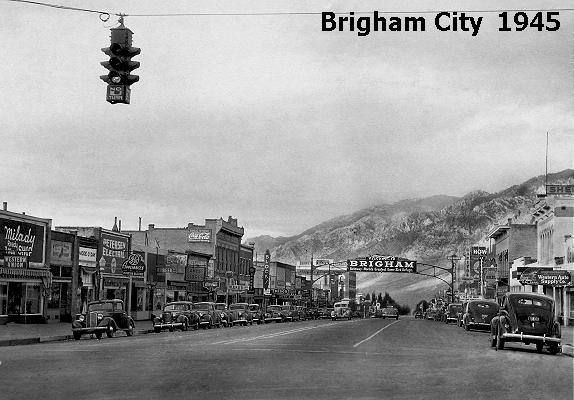
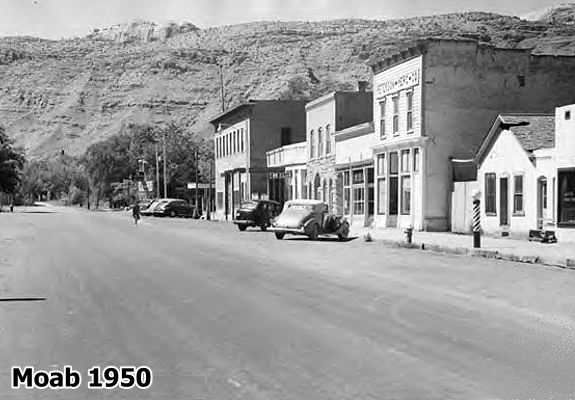
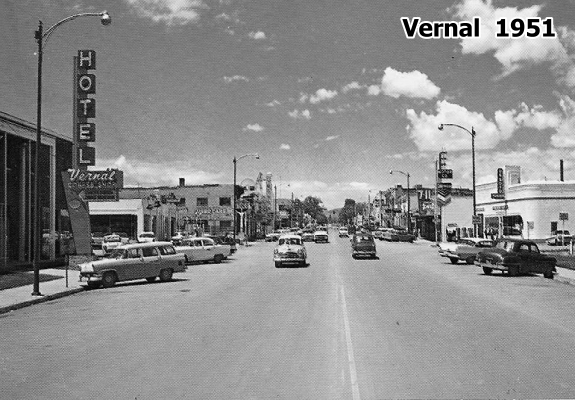
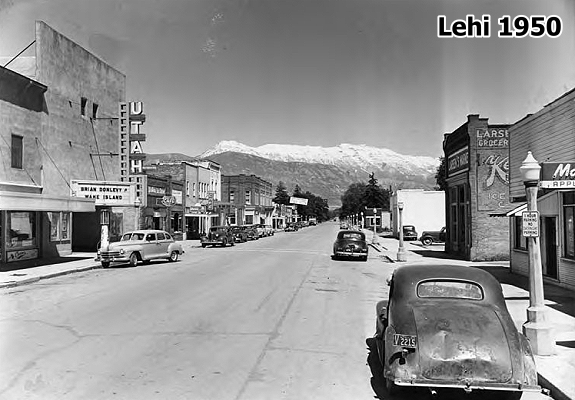


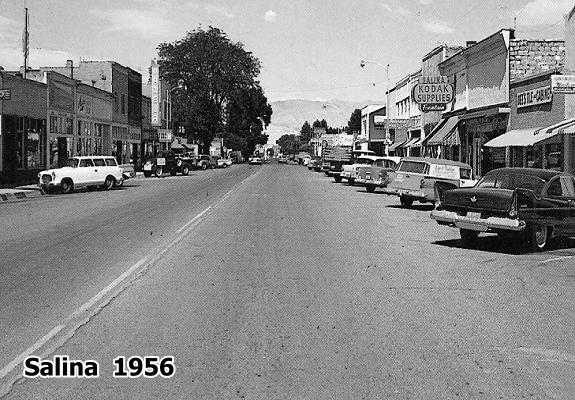
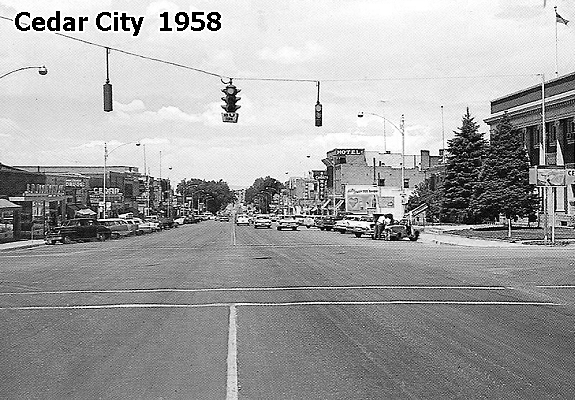
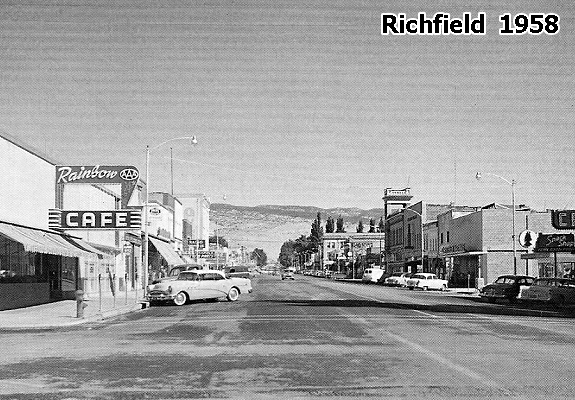

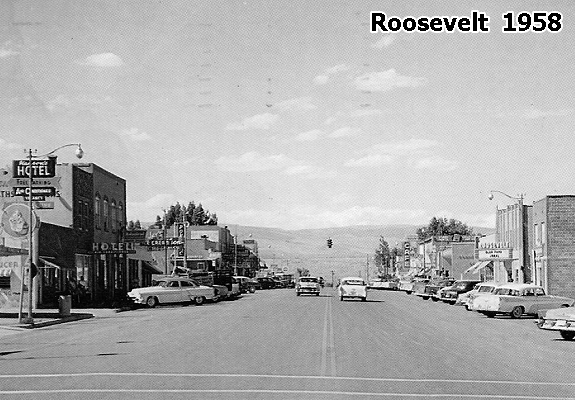
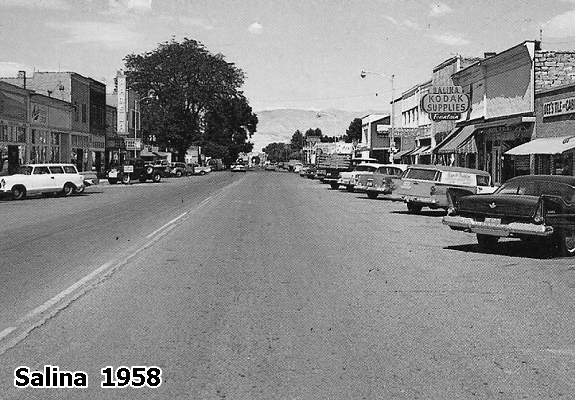

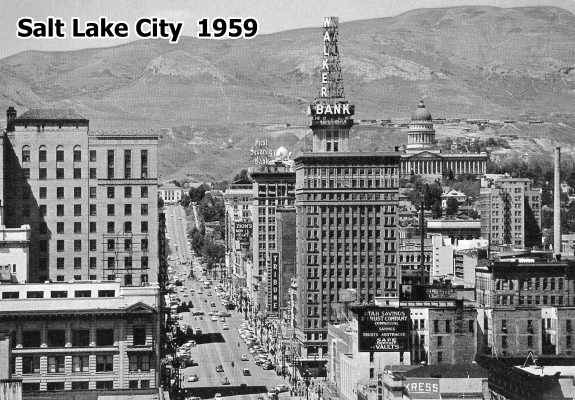
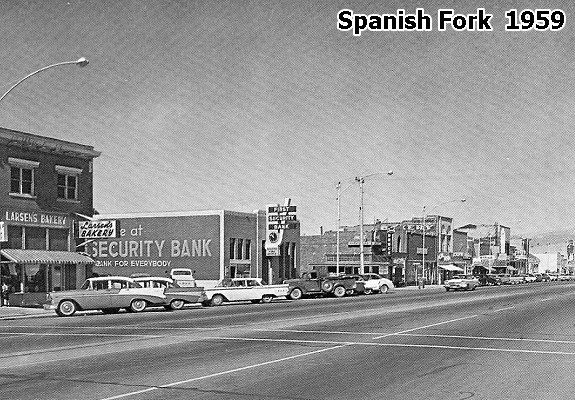

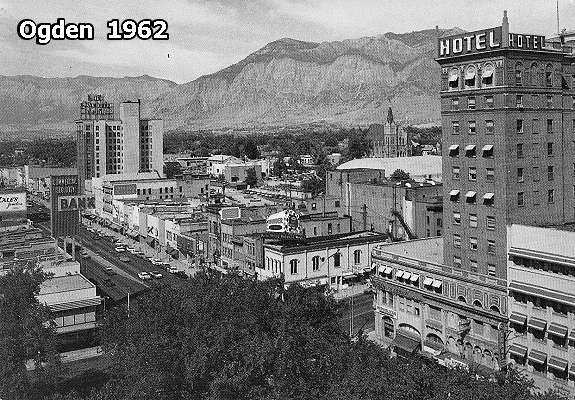
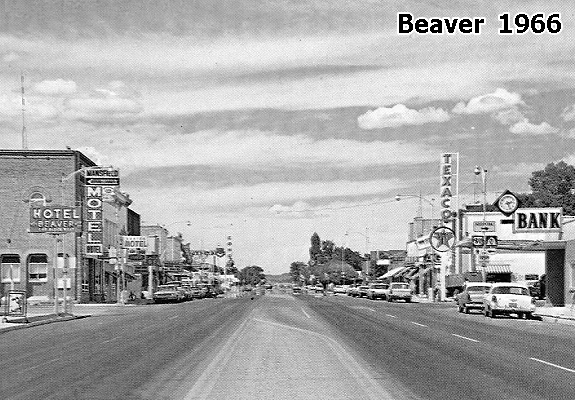
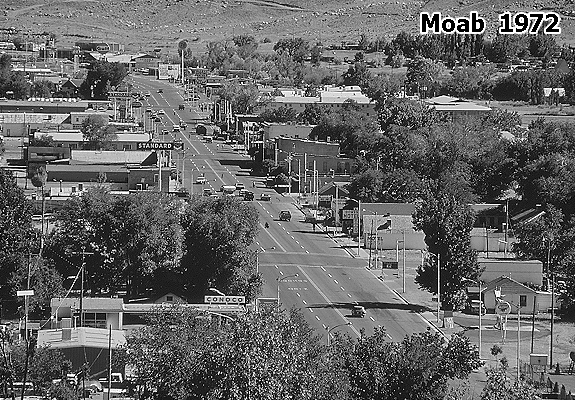
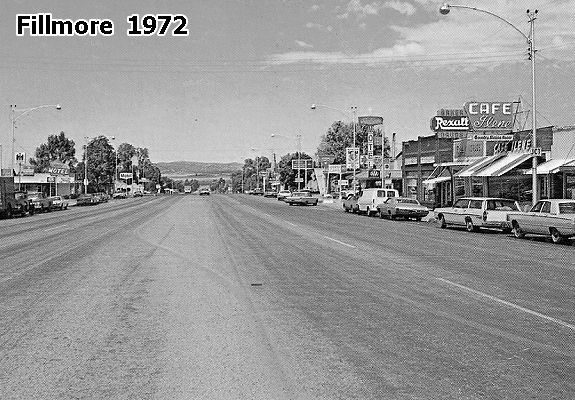
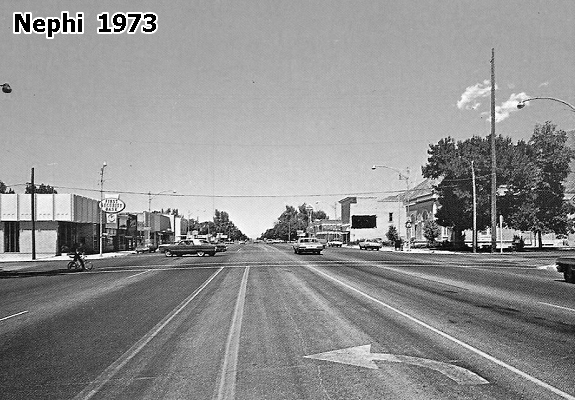
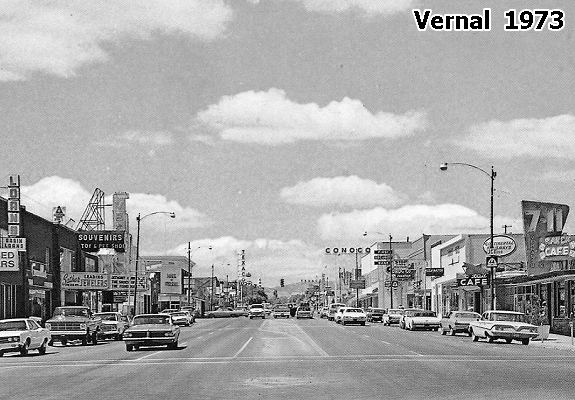

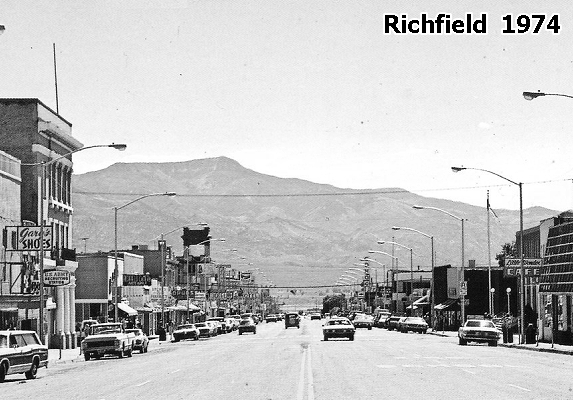
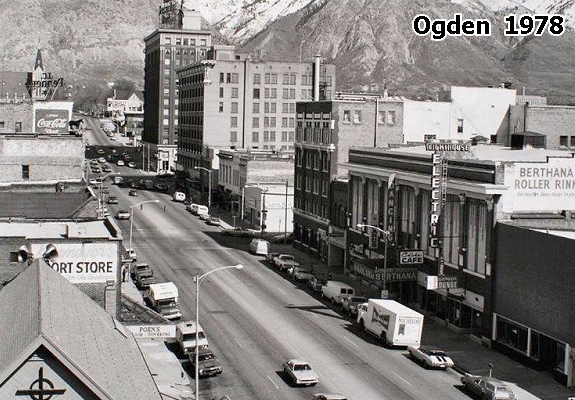


Click Below To See The Full Size Photo:


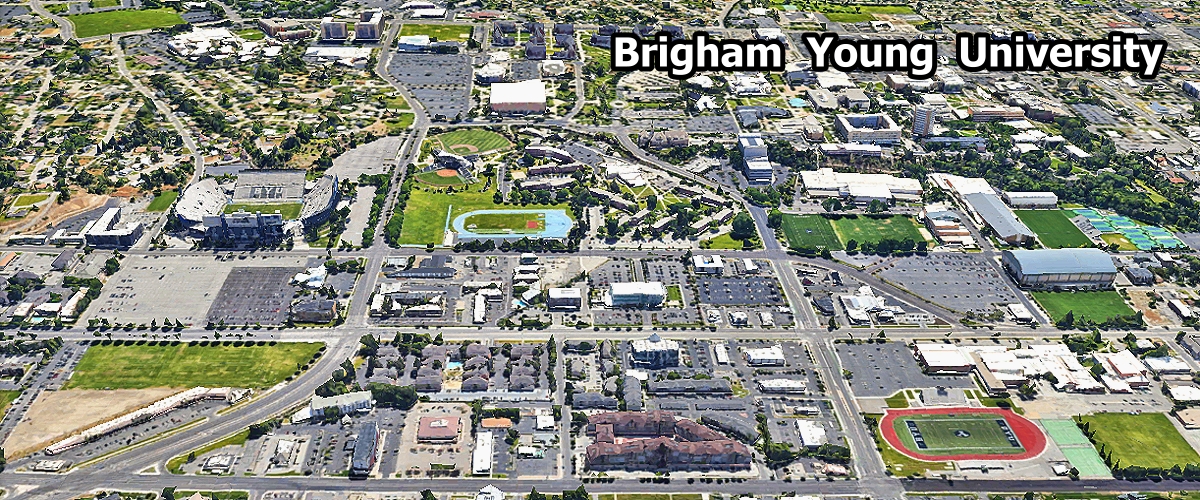







Explore Utah was created and is maintained by Explore Utah Online ©2020-2025 (All Rights Reserved) This website was created for the enjoyment of Utah. If you believe copyrighted work is available on this website in a way that constitutes a copyright infringement please contact me for removal. All rights to the images and other materials used belong to their respective owners. I do not claim ownership over any third-party content used. Photos on this website are used for educational purposes only and used with permission and courtesy of: Scott Taylor - Albert Wirtz - Angela Banfield - Catherine Colella - Chase Bartholomew - Danielle Yung - Elliott Hammer - Francisco Ovies - George Gibbs - Greg Kebbekus - Hilary Bralove - Jacob Moogberg - Jim Paton - Jim and Nina Pollock - John Dahlstet - Jay Luber - Jessica Holdaway - John Hammond - John Dahlstet - Logan Selinski - Logan Selinski - Michelle Leale - Mae Thamer - Mark Thompson - Mia & Steve Mestdagh - Michelle Leale - Randy Baumhover - Sven Hähle - Shawn Anthony - Thomas Eckhardt - Thomas Jundt - University Of Utah - Bureau of Land Management - Utah Education Network - Utah History Encyclopedia - Utah League of Cities and Towns - Utah Geological Survey - Ski Utah - Free To Use Photo Websites: Unsplash - Pexels - Freepik - Pixabay - iStock - ShutterStock - Burst - Flickr - PickPik - Rawpixel - HistoryPictureArchive This website contain links to third party websites. The linked sites are not under the control of this website and is not responsible for the contents of any linked website. These links are provided as a convenience only and shall not be construed as an endorsement of, sponsorship of, or affiliated with the linked website ... Send your comments or questions to webmaster@exploreutah.online